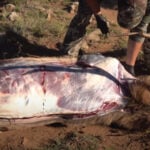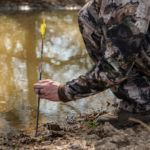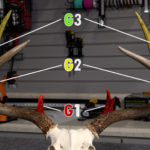I’ve been hunting for so many years that I often forget how I struggled to simply field dress my first few deer when I was a teenager and just getting started with hunting.
I can laugh about it now, but back then, it was always the frustrating part of a successful hunt. But, it doesn’t have to be that way. Of course, it takes several tries to get good at it, but it’s not nearly as hard as some folks make it, and it certainly need not be frustrating. You simply must understand the steps involved in order to get the result you want.
If you’ve never killed a deer, or if you’ve only killed a couple and have found the field dressing duties a struggle, follow along as I discuss some ins and outs that will help you tackle it with minimal effort. Let’s talk field dressing.
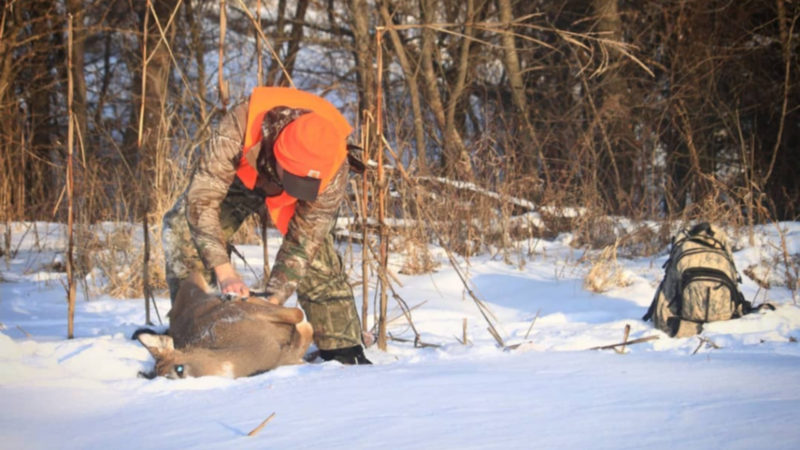
Why Must You Field Dress Your Deer?
If you’re thinking about becoming a hunter, or are just getting started and haven’t yet harvested a deer, you might ask this question: What am I supposed to do after I harvest a deer? Or, what’s the point of field dressing (aka – gutting) a deer? The answer is simple.
The moment life leaves the body, the decomposition process begins. Have you ever observed a road-killed deer and wondered why its belly looked gigantic? Well, it’s because the guts start to build gas inside the chest cavity, which causes severe bloating.
Because all of the meat that you’ll be eating is in and around the animal’s innards, it’ll begin to absorb the gases, thereby giving the meat a horrible, gamey flavor. Perhaps you’ve eaten venison that tasted horrible in the past. Failure to field dress a deer as soon as possible after harvest is a leading reason why people turn their noses up at venison.
Field dressing should be done promptly after the kill. If temperatures are warm, or even hot, it becomes an even more time-sensitive ordeal because gassing and bloating will progress much faster. Cooler temperatures, like a refrigerator, will preserve the entrails (guts) for a longer period of time and keep gassing and bloating at bay.
Still, I don’t use that as an excuse to postpone field dressing. I roll up my sleeves and get at it. I want the meat to cool down as fast as possible, and field dressing allows this to happen. In hot temperatures, I usually insert a bag of convenience-store ice into the chest cavity following field dressing duties, especially if I can’t get to skinning and boning the meat immediately.
Now that you understand why it’s important, let’s get to the field dressing process.
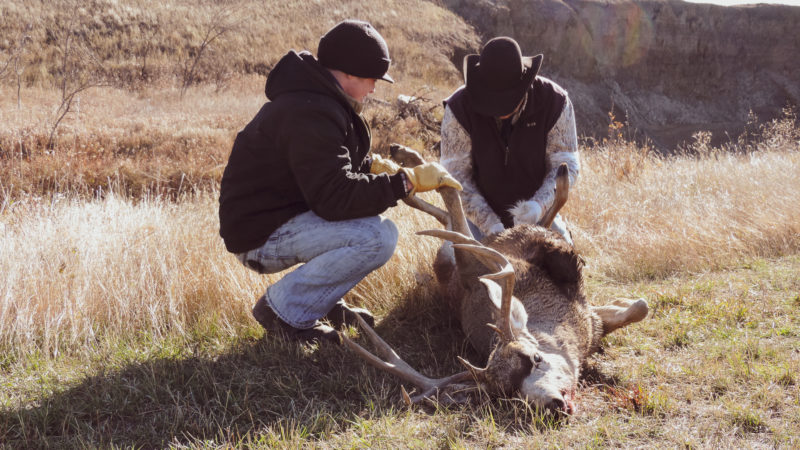
Step 1
Depending on the sex of deer you harvested, cut the udders or scrotum off. This will expose the intersection of the belly and inner thighs. Make a small slit at the bottom of the belly where it meets the inner thighs. Make it just large enough that you can insert your index and middle fingers, and don’t poke the stomach.
Next, use your fingers to pull the skin away from the stomach, then insert your knife in between your fingers, blade facing outward. Now, start cutting open the belly, starting at the hips and stopping at the sternum.
If your knife is ultra-sharp — it should be — this will require little effort. Just make sure to go slow so that you don’t poke the stomach. For beginners, a knife equipped with a gut hook simplifies the maneuver.
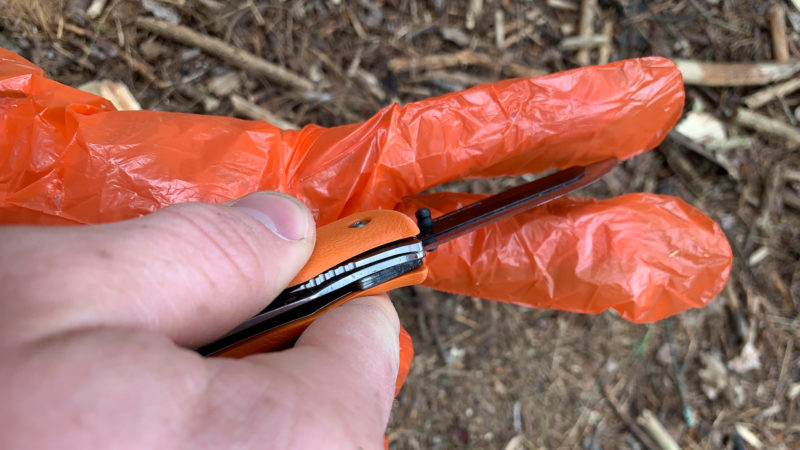
Step 2
With the belly open, identify the diaphragm and cut it so that you can pull the guts from the cavity. You’ll have to get a feel for this through experience, as it’s tough to work with both hands and a knife without seeing exactly what you’re cutting.
Once the stomach, liver, lungs and other entrails spill out, you usually have to go back in and get the heart. I usually hold it with one hand and carefully cut it free with the other. Go slow, as you don’t want to incur a nasty cut.
Next, if you won’t be skinning and quartering or deboning the deer the same day, reach up into the cavity toward the neck and feel for the trachea.
Carefully insert your other hand with the knife and slowly cut through the trachea as high up as possible, then pull it out when free.
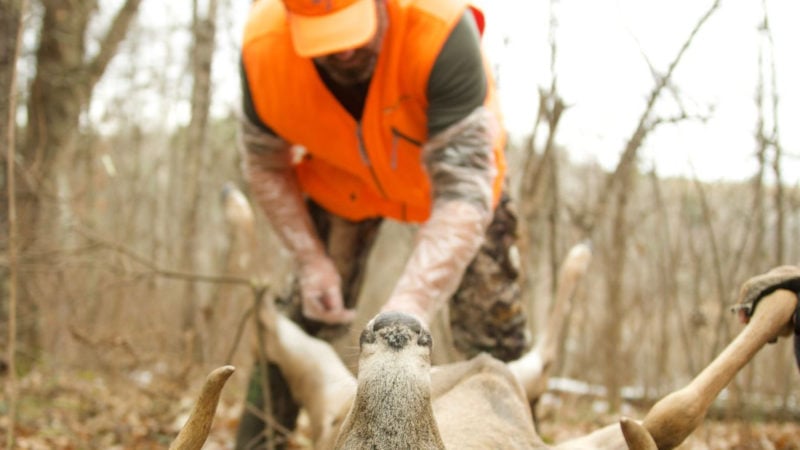
Step 3
With the entrails removed, you’ll notice a white tube that goes from the entrails you removed and into the deer’s open cavity. This is the colon, and it connects to the anus or butthole. Carefully identify the anus and cut a circle around it.
When done, you should be able to sever the colon near the gut pile and then grab the anus-end of the colon and pull it out. This should always be done last, and the knife should be sanitized before using it for any butchering.
Step 4
With all of the entrails removed, drag the carcass away from the guts and then roll the deer upright and splay its legs open so that it’s virtually upright. Then, grab the head or the antlers and lift up. The goal is to drain as much blood from the cavity as possible.
If you have the option, wash out the cavity with clean water, but then make sure to hang the deer so that the water drains out. Keeping the carcass as dry as possible inhibits bacterial growth.
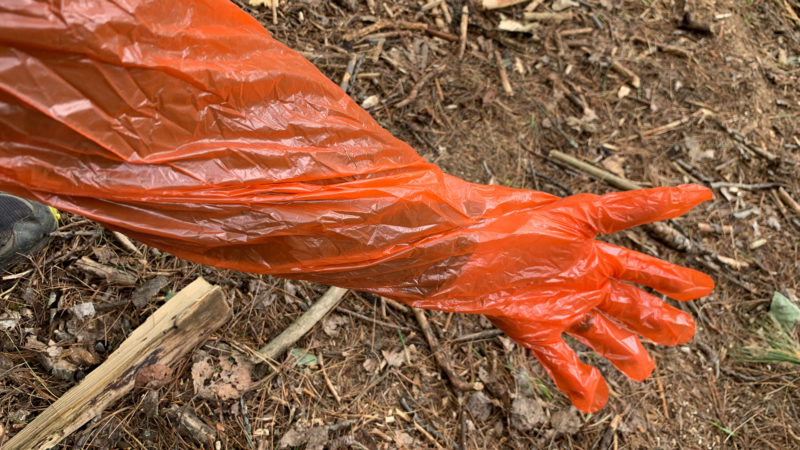
Other Precautions
Now that we’ve discussed the dirty work, let me suggest a few more things. Gutting gloves are a good idea when field-dressing a deer. They keep your hands clean. And if you have any existing open hand wounds, a pair of nitrile gloves worn over plastic shoulder-length gutting gloves should keep deer blood and other contaminants from entering your wound.
When field dressing, watch what you touch. It’s easy to touch gut matter (if you accidentally cut the stomach) or tarsal glands without thinking about it. Touch them and then stick your hands inside the chest cavity, and it can affect the final result and taste of your venison.
When finished gutting, retrieve the deer from the woods carefully. Try to keep dirt and other debris from entering the cavity. Keep the cavity and any exposed meat as clean as possible.
This covers the basics and will help you get through your first few field-dressing operations. Each time, pay attention to areas in which you struggle. One of the things that used to frustrate me was using a dull knife. A sharp knife speeds everything up so much. One last thing is that a partner to help hold legs is a big plus.
Now, you’re ready to take on the next step after you harvest a deer!

 By
By 
